Aral Sea
Rusting ships sit in a desert where a sea used to be.
A man made environmental disaster has left a once-great sea dry, the land polluted, and the locals inundated with disease.
The destruction of the Aral Sea is a strange legacy of the Cold War, when the Soviet Union sought to increase its production of cotton. The decision was made in 1960 to irrigate land in the recently assimilated central Asian countries and develop their own cotton industry. At the time, the Aral Sea was the world’s fourth largest inland sea.
By 1937, the area had successfully become a major exporter of cotton with little impact on the natural environment. But starting in the 1950s, aggressive Soviet irrigation projects stemming from the Aral Sea started to have an adverse impact. Between 1960 and 1980, the water level dropped by 20 meters, exposing sea beds, and increasing the salinity levels of the lake until the fish population died off.
Today, the sea is nearly dry and has separated into two much smaller seas. Fishing boats sit aground, rusting in a vast contaminated desert wasteland.
To make what is an already horrific situation worse, on the island of Vozrozhdeniye, in the center of the former Aral Sea are the remains of the Soviet Union’s extensive bio-warfare experimentation. Experiments with anthrax, plague and smallpox were conducted here in open air tests in the 1950s. The base was hastily abandoned in the 1990s following the breakup of the Soviet Union, the canisters of disease agents buried, and the land coated with bleach. In the years since the abandonment, the island has slowly become part of the mainland.
A US anti-terrorist team visited the remains of the island in 2001, in theory to clean up any remaining bio-warfare agents, but a visit by author Nick Middleton in 2005 showed signs that there is still plenty to be worried about. He found the island crawling with local looters, disturbing old buildings, and wearing no protection. Test tubes and feeding troughs for test animals were still in place. Although some diseases like smallpox can be virtually eliminated by exposure to UV over time, the same can not be said for Anthrax which has a very long and stubborn lifespan, and once inhaled, has a mortality rate of 90%.
The local population suffers from abnormally high cancer rates, tuberculosis, and anemia, made worse by the poverty caused from the death of the formerly lucrative local fishing industry. The causes for the diseases are being traced back to the pesticides used on the cotton crops to the south.
In 2000, UNESCO developed a rescue plan for the area which attempts to reclaim water for the sea by 2025, but it is regarded as unrealistic by many. The people with most ability to directly impact this is the government of Uzbekistan, where the cotton fields are, but they are reluctant to make any changes as their country’s delicate economy hinges on the success of the cotton crop. The World Bank funded a small dam that has protected and even raised water levels in the northern portion of the sea, but most agree that the rest could disappear completely within 15 years.
The remains of the sea are remote, reachable after a day’s drive through the desert.
Update November 2017: The local Mayor ordered the removal and scrapping of all rusting Aral ships; the only example now remaining is at the Aralsk Port Museum.
Know Before You Go
The old fishing town of Aralsk at the north of the Aral Sea is on the Northern Kazakhstan train line, but is difficult to get to as it is between stops, and is a 36 hour train ride from Almaty.

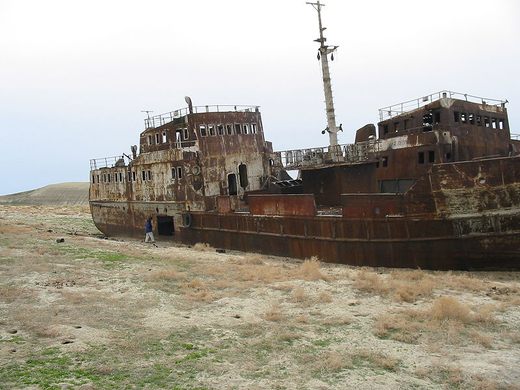
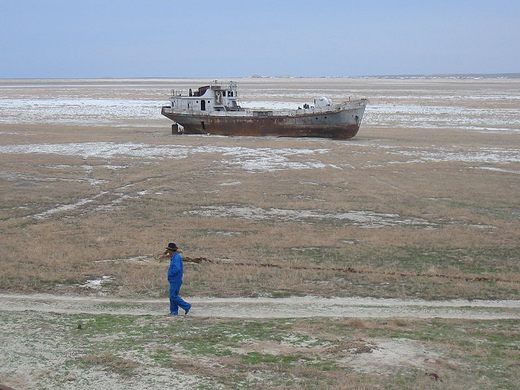





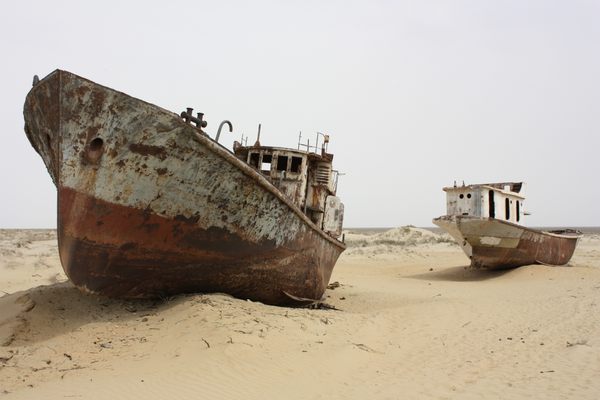










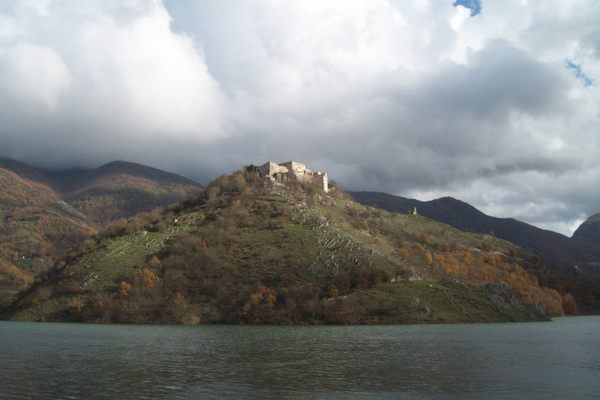
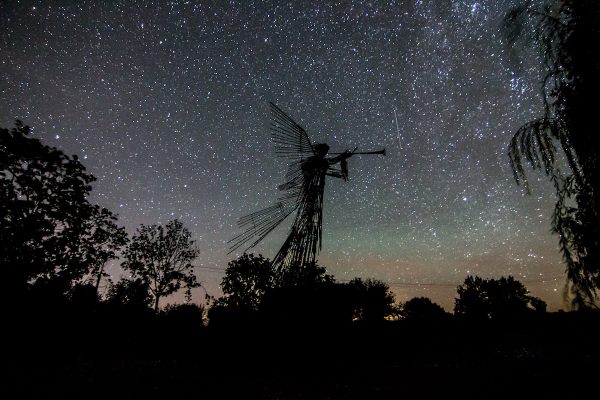


Follow us on Twitter to get the latest on the world's hidden wonders.
Like us on Facebook to get the latest on the world's hidden wonders.
Follow us on Twitter Like us on Facebook